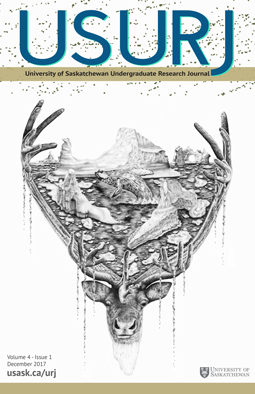Effects of the Moon on the Earth in the Past, Present and Future
Main Article Content
Abstract
The Moon has fascinated human civilization for millennia. Exploration of the lunar surface played a pioneering role in space exploration, epitomizing the heights to which modern science could bring mankind. In the decades since then, human interest in the Moon has dwindled. Despite this fact, the Moon continues to affect the Earth in ways that seldom receive adequate recognition. This paper examines the ways in which our natural satellite is responsible for the tides, and also produces a stabilizing effect on Earth’s rotational axis. In addition, phenomena such as lunar phases, eclipses and lunar libration will be explained. While investigating the Moon’s effects on the Earth in the past and present, it is hoped that human interest in it will be revitalized as it continues to shape life on our blue planet.
Downloads
Article Details
Section
Articles: USURJ’s current Publication Agreements apply a Creative Commons Attribution-NonCommercial License (CC-BY-NC) by default. The CC BY-NC license lets others remix, tweak, and build upon work non-commercially. The author(s) can choose a different CC license, as outlined in https://creativecommons.org/about/cclicenses/. Please see the PDF for each article to determine what license is applied to that article. Author(s) can also request to reserve all copyright (All Rights Reserved). If there is no indication for articles published before September 2020, assume the author retains all rights beyond those necessary for publication by USURJ. All articles published after September 2020 will apply one of the aforementioned CC licenses. See the Publication Agreement under the Submission Preparation Checklist or Author Guidelines for more information. Artwork: All copyright for the original artwork remains with the artist unless they wish to apply a Creative Commons (CC) license to the artwork. Please see the PDF for each artwork to determine what license is applied to that artwork.
